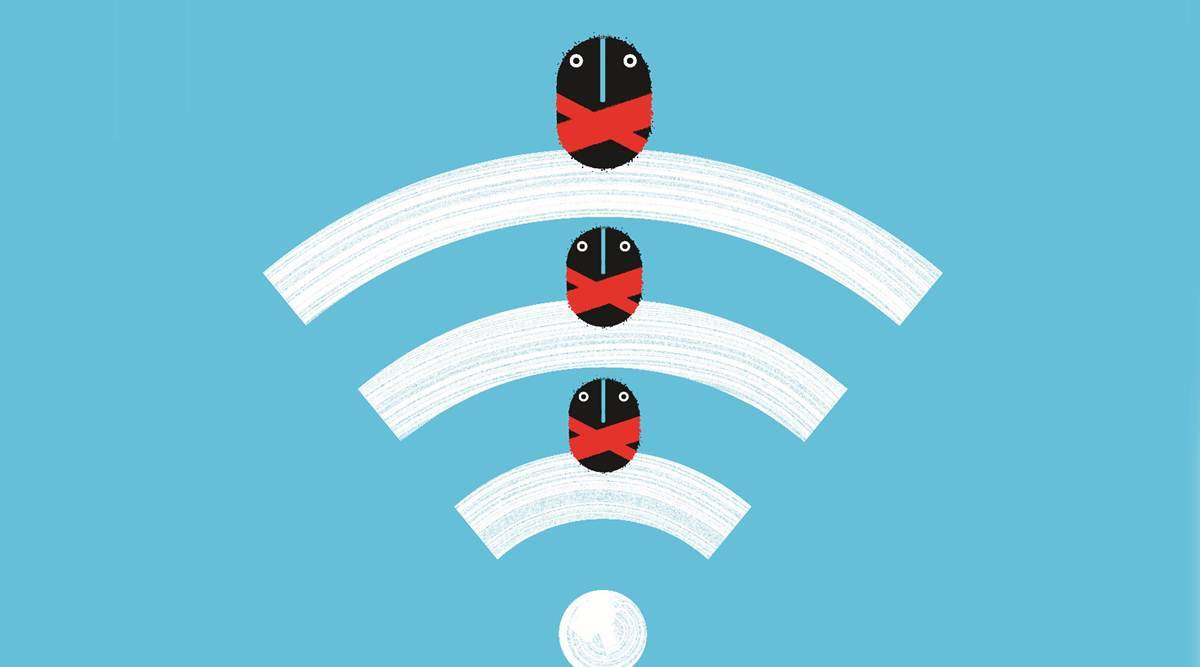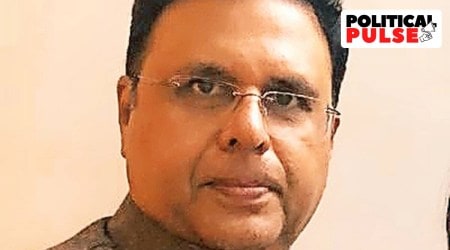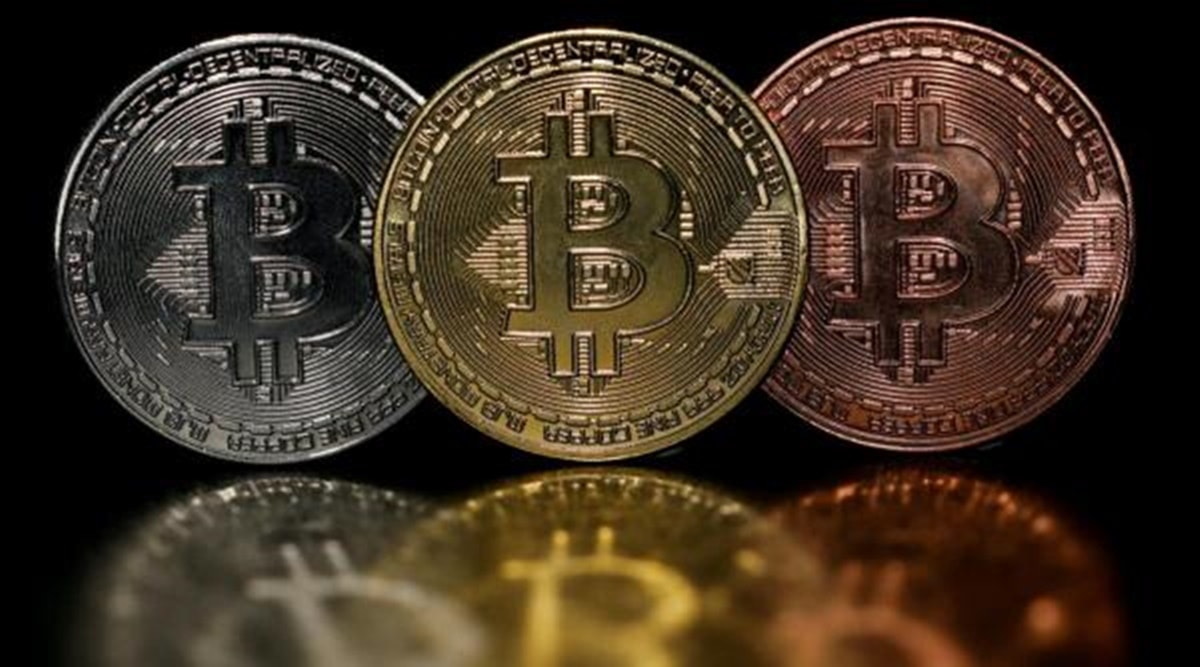Web3 is buzzing with blockchain companies foraying into the idea of a decentralised internet. However, former Twitter CEO Jack Dorsey is taking the idea of Web3 to the next level by launching Web5, a combination of Web3 and Web2.
Web5 is built on the Bitcoin blockchain, developed by The Block Head (TBH), one of the Bitcoin business units at Dorsey’s Block (formerly Square). The platform aims to bring decentralised identity and data storage to applications. “It lets developers focus on creating delightful user experiences while returning ownership of data and identity to individuals,” according to the company.
Here we explain all the things you should know about the evolution of the internet and how the world moved from Web 2.0 to Web5.
From Web 2 to Web3.0
Web3 refers to the next generation of the worldwide web, supposed to take over from Web2.0, which is more centralised and focused on user-created content. The idea of Web3 is a decentralised web that challenges the dominance of tech giants by giving the power and data in the hands of the internet users rather than big tech corporations. In short, Web3 means user data is distributed across networks and no single entity owns the information.
Tim Berners-Lee, the inventor of the World Wide Web, explained Web3 in 1999: “I have a dream for the Web in which computers become capable of analysing all the data on the Web — the content, links, and transactions between people and computers. A “Semantic Web,” which makes this possible, has yet to emerge, but when it does, the day-to-day mechanisms of trade, bureaucracy, and our daily lives will be handled by machines talking to machines.”
Some of the use cases of Web3 are Decentralised Autonomous Organisations (DAOs), Decentralised Finance (DeFi), Stablecoins and Central Bank Digital Currencies (CBDCs), private and digital infrastructure, and creator economy enablers like NFTs and blockchain-based games.
The unique selling point of Web3 is the current challenges with data privacy. Today’s web (Web 2.0) is filled with concerns around data privacy, fake news, and identity theft hacks. Instead of providing your personal data over and over again on each platform you sign up for, you will instead simply authorise the platforms to use your data. If something changes, like your address or credit card number, you need only change it once on your end, and all your sites will be updated. This will make the Web much more user-friendly.
Web3 vs Web5
While Web3 is merely an idea and could take some time to replicate, Dorsey has a new evolved plan and it is called Web5. The goal of Web5 is to create certain tools on Bitcoin that could not only give users control over their data but also would allow them to control all their interactions on the internet.
Dorsey has been a vocal critic of Web3. He believes that Web 3.0 platforms are usually more centralized about what people think, despite the marketing efforts to show that differently.
In a tweet, the tech CEO said that Web 3.0 systems are based on a single point of failure systems. He mentioned Solana (SOL) and Ethereum (ETH). A single point of failure means that if it fails, it will stop the entire system from working.
Twitter CEO wants a system based on Bitcoin’s decentralized nature that lacks single points of failure. He believes it could be more suitable for the ideas promoted by Web 3.0 supporters.
TBH, the company behind Web5 explains how Web5 wants individuals to have the ability to “own their data”. For instance, say Alice holds a digital wallet that securely manages her identity, data, and authorizations for external apps and connections. Alice uses her wallet to sign in to a new decentralized social media app. However, because Alice has connected to the app with her decentralized identity, she does not need to create a profile, and all the connections, relationships, and posts she creates through the app are stored with her, in her decentralized web node. Using Web5 Alice can switch apps whenever she wants, taking her social persona with her.
In another instance, Bob, a music lover and hates having his data locked to a single vendor. It forces him to regurgitate his playlists and songs over and over again across different music apps. Thankfully there’s a way out of this maze of vendor-locked silos: Bob can keep this data in his decentralized web node. This way Bob can grant any music app access to his settings and preferences, enabling him to take his personalized music experience wherever he chooses. Therefore, Web5 will give users more ownership of their data.
Currently, we are in the transition phase between Web2 and Web3. As of now, it seems that it could take some time before we see a complete transition to Web5. However, it is easier said than done.
!function(f,b,e,v,n,t,s)
{if(f.fbq)return;n=f.fbq=function(){n.callMethod?
n.callMethod.apply(n,arguments):n.queue.push(arguments)};
if(!f._fbq)f._fbq=n;n.push=n;n.loaded=!0;n.version=’2.0′;
n.queue=[];t=b.createElement(e);t.async=!0;
t.src=v;s=b.getElementsByTagName(e)[0];
s.parentNode.insertBefore(t,s)}(window, document,’script’,
‘https://connect.facebook.net/en_US/fbevents.js’);
fbq(‘init’, ‘444470064056909’);
fbq(‘track’, ‘PageView’);










